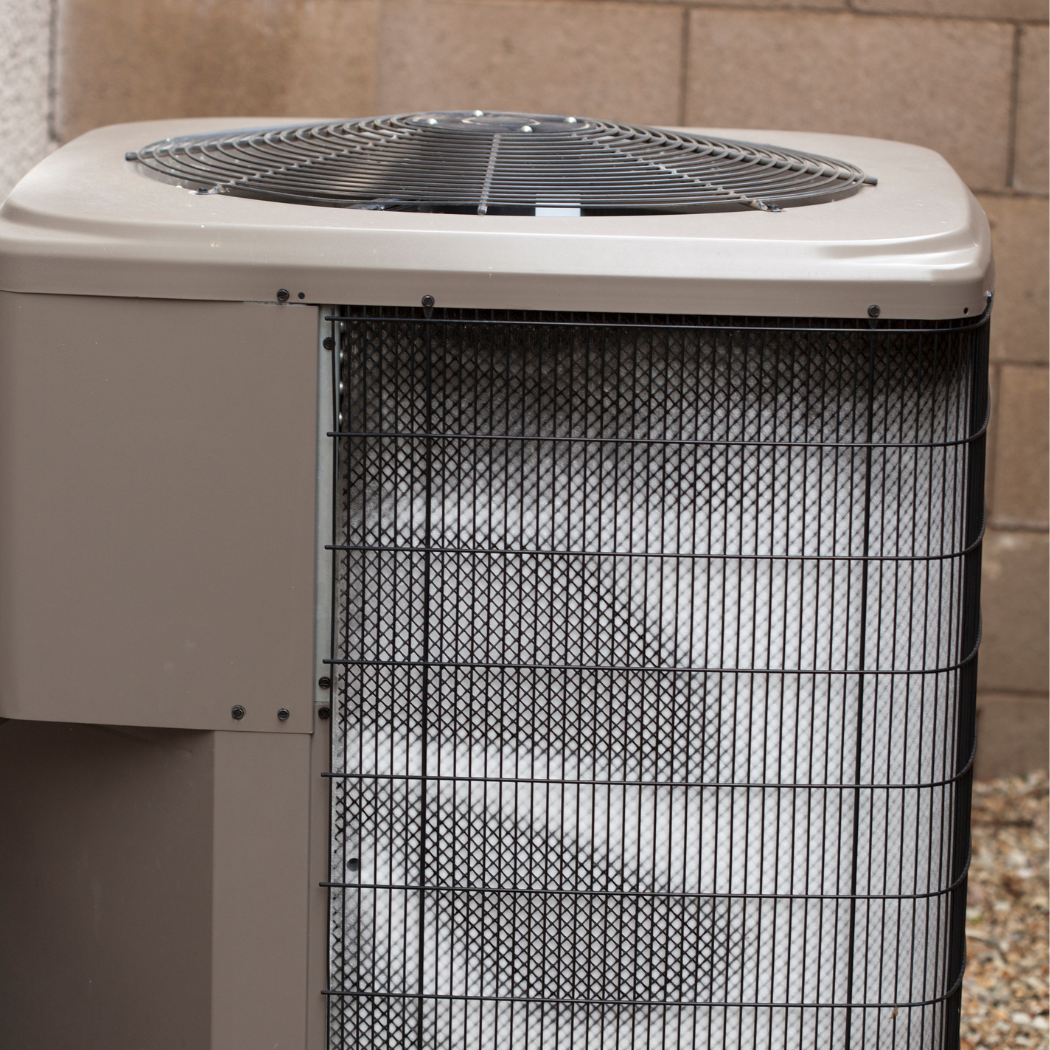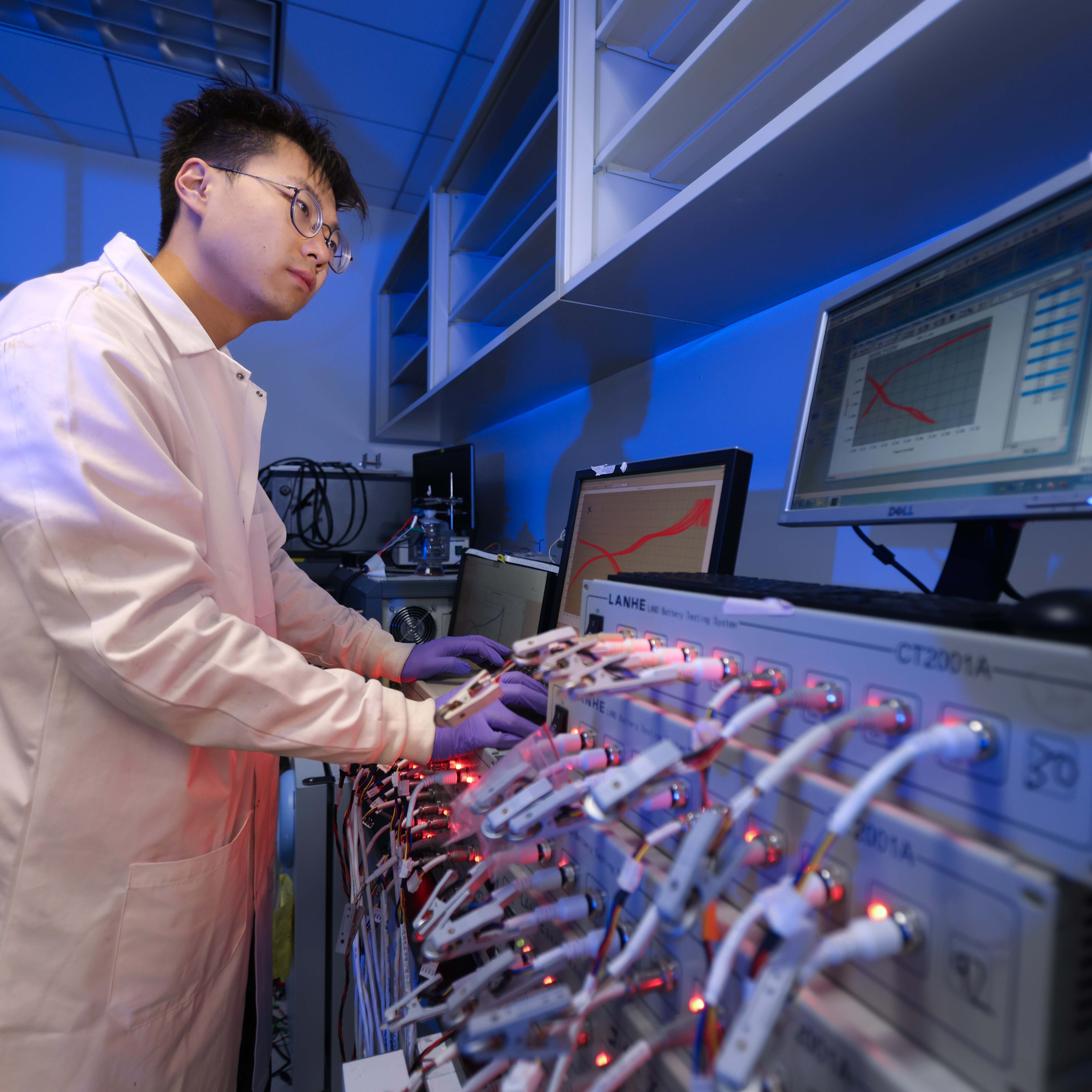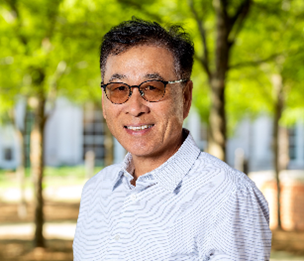News Story
Energy Efficient Materials Processing: A “Transforming Energy” Lecture

Dr. Kushner’s research explores with numerical models the use of plasmas to modify surface properties, both for high-volume, low-cost polymer films and low-volume, high cost microelectronics. In the electronics industry, plasmas are essential for etching and deposition processes. Plasma etching reactors are used to mill nano-scale features at a very high energy cost. Kushner showed that a typical silicon wafer can cost about 1 kW-hr per square centimeter in energy, and a third of this comes from processing tools such as plasmas. By taking a systems-level approach, Dr. Kushner sees the potential to maximize the speed and minimize the error rate of the etching process through a voltage-controlled plasma. The other primary use of plasmas for improving materials properties is in the nearly 50 square kilometers of polymer films produced annually. Similar approaches can yield dramatic energy savings with even small efficiency gains, due to the large scale of these machines.
Dr. Kushner concluded with a passionate discussion of further potential uses for these technologies, including using the same process that makes immense quantities of low cost plastic bags to create biocompatible tissue scaffolding. Laboratory grown tissues for transplantation are quite expensive, both in terms of energy and dollars, but mass production using plasma technologies could lower the cost nearly 100 times.
Members of the audience were given the opportunity to ask several questions, ranging from the applicability of the polymer film technologies to mass production of solar cells, to the relative merits of additive and subtractive processes. The lecture concluded with a few forward-looking thoughts on energy from Dr. Kushner. As the cost of electricity can only be expected to increase in the near future, modern companies must begin making investments in efficiency today to be able to maximize their future profit potential.
Published February 1, 2008









